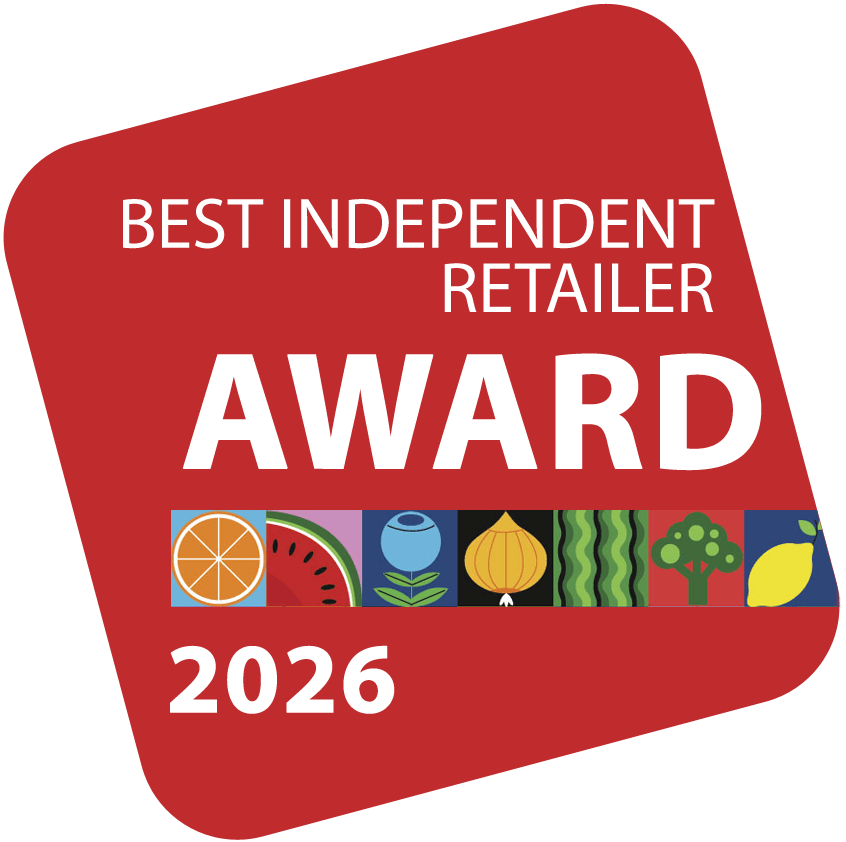Building Communities: How Buyers and Sellers Can Differentiate
June 4, 2025 | 4 min to read
The ongoing differentiation in retail space challenges small family farmers, complicating their market penetration despite consumer demand for freshness. Both the buy side and small growers face communication barriers over paperwork and certifications, hindering collaboration. As traditional supermarkets struggle, embracing community ties and developing personal connections with local growers may bridge the gap. Solving these issues can enhance supply chains and provide consumers with fresher, locally sourced produce, benefiting both farmers and retailers.

The differentiation in retail space problem has been evasive for some time now. It has been discussed among produce industry experts for many years, and the fix seems so simple. But if the solution is simple, then why does the challenge still exist? To be sure, market penetration is difficult for any new item, and that is where we usually attribute the problem. However, we see generations of small family farmers struggle to achieve that sacred spot in that valuable space in the produce section.
There are many reasons for this conundrum, and solutions are sometimes denied for a whole set of different reasons. From the mundane — “We do not have the time needed to fill out the paperwork” or “We are too busy to spend the extra time needed to build this business” — to more complex excuses around certifications and food safety and traceability.
Doing what we always have done has supported small family farmers for generations, and some do not see a need to change. So why are we seeing such a decline in small growers over the years?
On the buy side, purchasing from the same purveyors of fresh fruits and vegetables for many years is a safe and sound way for the buy side to get exactly what they have always received. This mindset remains to this day, even though the game has changed dramatically. With flat- and negative-inflation sales in retail, innovation and change will set competition apart.
Results are the scorecard to all organizations, and not many will succeed with negative trends and losing money for too long. Risks exist when taking a chance, but so do rewards. Winners of this game will be able to figure out the keys to each of the plays. Finding methods that have not been used in your operation could be the ticket that advances your trajectory.
Finding methods that have not been used in your operation could be the ticket that advances your trajectory.
Differentiation in the retail space is fleeting. Traditional supermarkets are struggling to create excitement for consumers. Retailers who made bets that consumers would absolutely want to pick out their own fresh produce and continue to shop brick-and-mortars are finding out that many have turned to online purchases, especially since the COVID-19 pandemic.
While enjoying the convenience of e-commerce, consumers have a love affair with farmers markets. Direct connection to the source of their food is something that spans generations, from the Gen Zs to the Boomers. Freshness is something that everyone savors. Who can argue that fresh fruits and vegetables taste better and last longer when the supply chain is shortened?
Despite the consumers’ strong desire for freshness, common understanding of the buy side and the sell side is aloof. Both point to each other as the problem. Buy side cannot understand why small family farmers cannot fill out paperwork necessary and get them all the certifications, just like all their larger growers. Small family farmers cannot understand why they need to get endless certifications and fill out continuous paperwork.
Yet small family farmers and buy-side executives both really want to do business together.
What’s the solution to bridging the gap? Here are a few thoughts:
- Review your core beliefs — just about every retailer that is deeply rooted in the community is successful. They become part of the community and are there to support in good times and in bad times. The stores become meeting places, and the store staff become friends. Local family farms connect with the community in the same way.
- Develop deep personal connections with local growers. Visit their farms, meet their families. Go into the fields and experience their amazing work. Visit often. Growers are part of your community, too. Find more ways to tell the farmer’s story through in-store events and merchandising, social media, videos, and other media promotions, like local news stations and radio.
- Help each other out. Understanding how products get to market is key. Look at ways to streamline tedious processes, such as certification, vendor setups, traceability, food safety and other administrative work necessary to get product on shelf.
Solving the core problem has been elusive. Solutions exist. Now is the time to unite small family farmers and buyers. The outcome ultimately gets fresher fruits and vegetables to its closest output, shortening the supply chain and giving consumers the experience that they want: great tasting, locally grown fresh fruits and vegetables that support the community.

Paul Kneeland is vice president of Elevated Foods, focused on connecting small family farms who are dedicated to improving soil health to retail and institutional buyers, based in Costa Mesa, CA.
4 of 18 article in Produce Business April 2025

